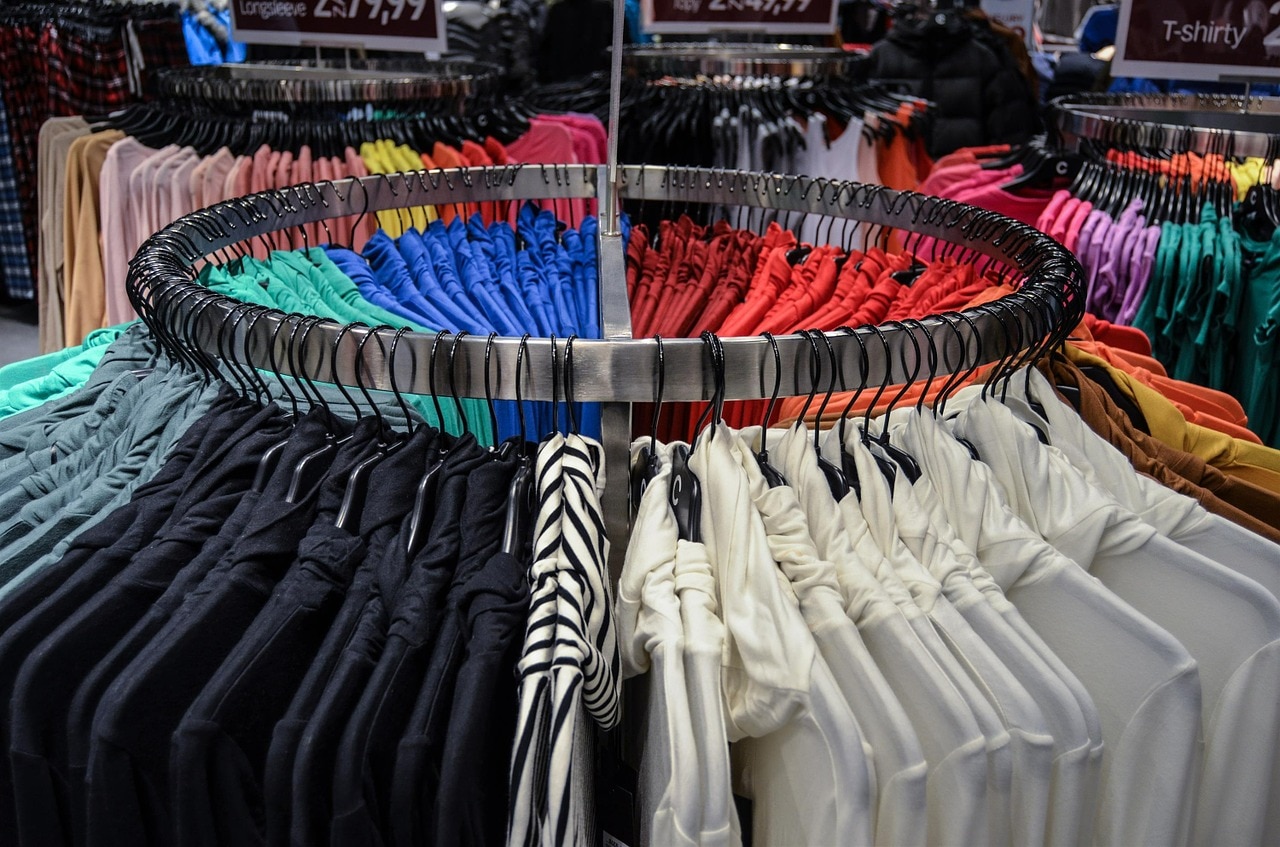Our friend and Xero consultant Heather Smith is back with another guest blog post! This week, she brings us insights from our customer Festival Clothing and their key 3 tips on pricing for wholesale apparel companies.
After five years heading up a school science department, Deb Watts decided to join her husband to launch Festival Clothing-a wholesale business, specialising in ethnic, hippy boho clothing, beach wear and accessories.
“My husband had been in the rag trade (a clothing retailer) for a long time. It was a natural progression for him to go from being a retailer to wholesaler.” says Watts.
The business was founded on the premise that they could not find the retail products to sell to their existing niche market. Watts goes on to explain that they realised it required a lot of energy and focus to juggle both retail and wholesale operations. So they made a lifestyle choice and opted to be one hundred percent wholesale.
Wholesalers provide buyers or retailers access to products that they might not have been able to access directly, either because they do not have access to buy the products, or they are not in a position to order the minimum quantity required. Wholesaling is a distribution mechanism, providing suppliers the opportunity to sell their products to more retail outfits. Selling a product to one wholesaler, may result in it being on-sold into hundreds of smaller retail outlets, that a supplier may not have the resources to achieve.











